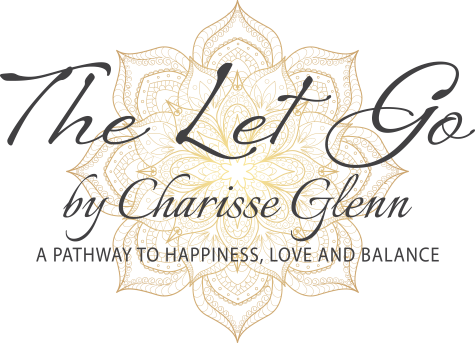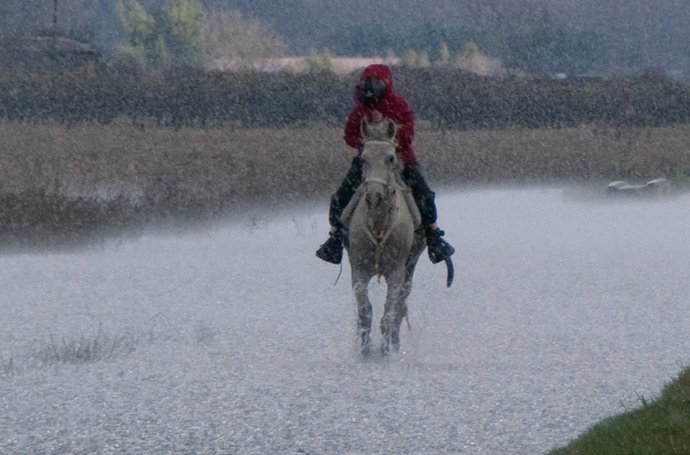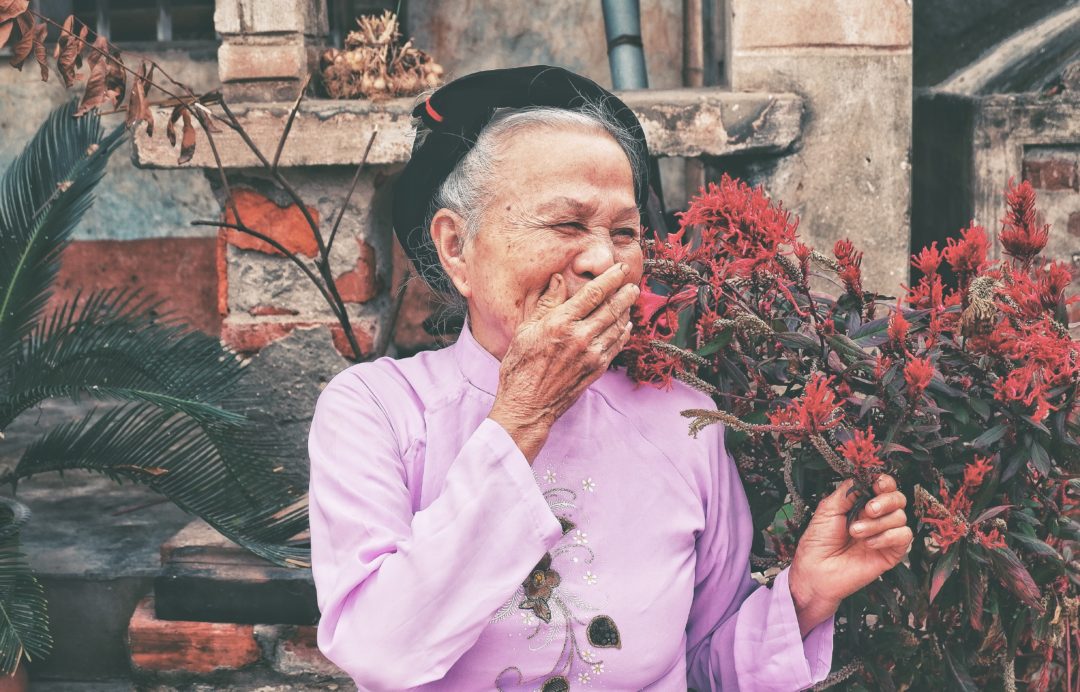There is a Japanese ritual called Misogi. It began as a Shinto Buddhist transformation ritual; the word translates as ‘water cleansing‘: in the Shito faith, standing under a waterfall is a way to purify your soul. Misogi stems from a tradition that pushes us to test our limits. Examples may include sitting under a freezing cold waterfall, as the origin suggests; however, the concept of the Misogi ritual has expanded. The specifics of what you do are unnecessary, except it should be challenging and not life-threatening.
Propelling us to challenge our limits drives us to confront our fears, doubts, and weaknesses. In doing so, we shed old habits and beliefs and expose ourselves to a new and more powerful self. When we practice the concept of Misogi, transformation is the by-product.
Doing hard things is good for us. Thankfully, things become easier the more we do them. When we stretch ourselves, we gain confidence in our abilities, so the more we do, the more we can do. When we become accustomed to accomplishing what is at hand, we lean into the challenges instead of shirking away.
That is why taking the path of least resistance does not help us grow. We need resistance to develop into the full-functioning adults we can be.
When I first began endurance riding, the thought of riding (on a horse) 50 miles was intimidating. My first competition was not one 50 miler but two in a row, 100 miles in two days. After preparing for nearly a year, the closer the event came, the more nervous I became. My friend and riding partner decided we would do a 40-mile ride to test where we were. It took us far longer than anticipated, but it gave me the confidence that I wouldn’t die.
Traveling nearly 12 hours to the event, my excitement grew. The race was exhilarating, and the adrenaline carried me through the first day, landing me in a top-5 position. Easy peasy. On the second day, I told my friend that if we were not pacing together, I wanted to do it independently: navigate the ribbons and see what I could do solo. I knew I could always wait for other riders if I ran into trouble. It was a success; my horse and I ranked in 9th place, assuring me a place in the top 10.
When I finished on the second day, my crew was not there. I stood holding my horse with nowhere to tie him, feeling a bit queasy. We were at altitude, and I was dehydrated. Thankfully, a very experienced endurance rider had finished before me and offered her a trailer to tie to. I must have looked terrible. She asked if I drank enough water, and I said I didn’t have a crew at 25 miles, so I had no water, and I used the water I had started with to cool my horse. She gave me some juice as I lay on the ground, spinning, and then she explained to me firmly that I always had to ensure I was okay first. Otherwise, I could not assist my horse. After a while, she and her husband were leaving, so she asked me to move my horse.
I will never forget the satisfaction I felt by accomplishing something I trained for yet was unsure I could do, and the wealth of information I received from a perfect stranger has stayed with me my entire horse career.
Riding 100 miles in 2 days propelled me to become who I am.
The gauge of doing hard things varies significantly from one person to another, so an essential aspect is to remember not to compare your measure to another. However, we can do too little or too much; understanding where the mark lies is crucial.
The process of doing is the stepping stone to transformation. Are you ready to do something you have never done, something that requires you to grin and bear it and push your preset self-limitations?
Choose a goal of something to accomplish, and give yourself a time frame to finish it within a year. It must be meaningful to you, an attainable passion that will take focus and effort.
Keep a journal, or partner with someone with whom you can share the journey, then begin. Examples may be running a marathon, hiking a mountain, or camping in the wilderness. It must be something that challenges your comfort zone both physically and emotionally. Whatever you choose, make it a priority to complete it within the time frame allotted.
We all possess a reservoir of power and resilience we may have never known. Misogi is the ultimate Let Go. When we step out of our comfort zones, we gain confidence, courage, and optimism while losing fear, doubt, and apathy. In doing so we expand the greatness of who we are, always striving to become more. Are you ready to transform into who you are capable of being?
Don’t interfere when your kids are doing dangerous things carefully.
~Jordan Peterson






Mary DaSilva
I so enjoy reading your incredible newsletter. And it was especially impactful when I learned you are an enduro rider🐎 I have horses and they are incredible teachers. I have always wanted to do an endurance ride and will. And wow to the topic of Transformation. I smiled with tears running down my cheeks asking myself if “my storm” had really passed. Oh yes it has because I am becoming the beautiful soul I was destined to be. I wouldn’t change my personal Misogi🙏🏻 Thank you for your inspiration💚
charisse
Mary where do you live? there is a large Endurance communityin the USA. And no your stroen has not passed. Never too late to start. Email me if you want to discuss it!
Living a Fulfilling Life | The Let Go
[…] something hard that you don’t want to do is good for us. The Misogi effect stems from a tradition that pushes us to test our […]